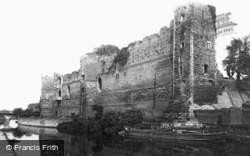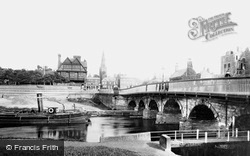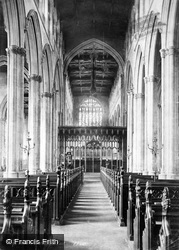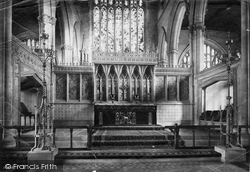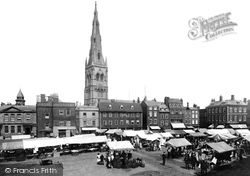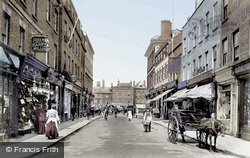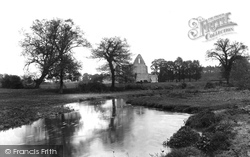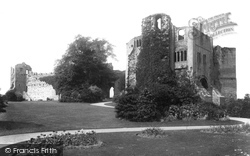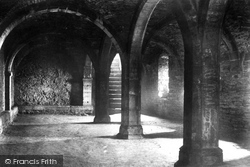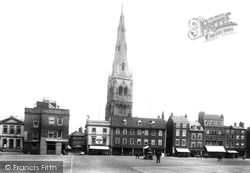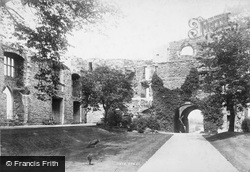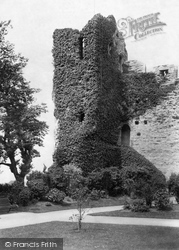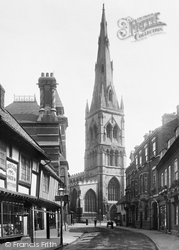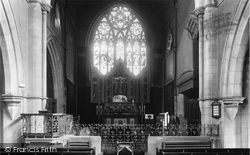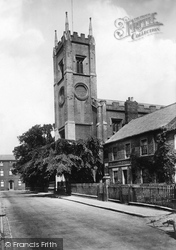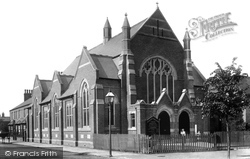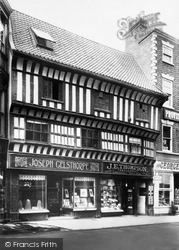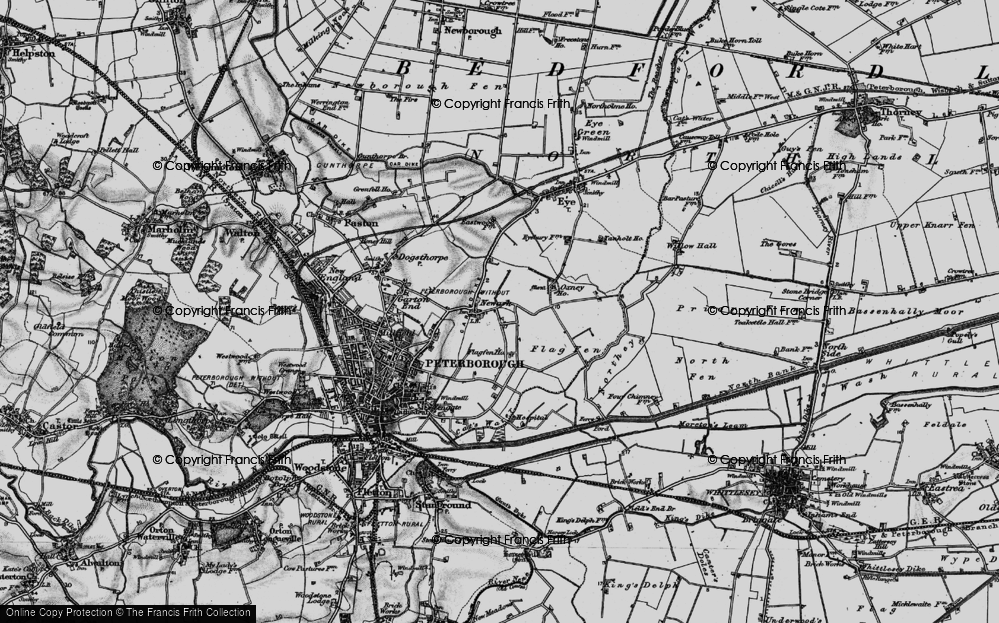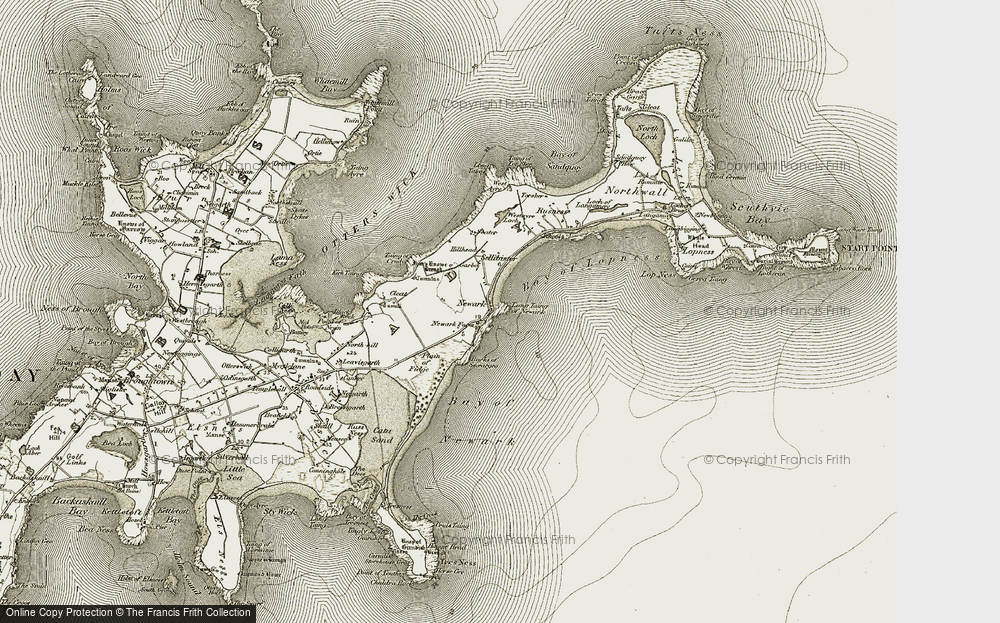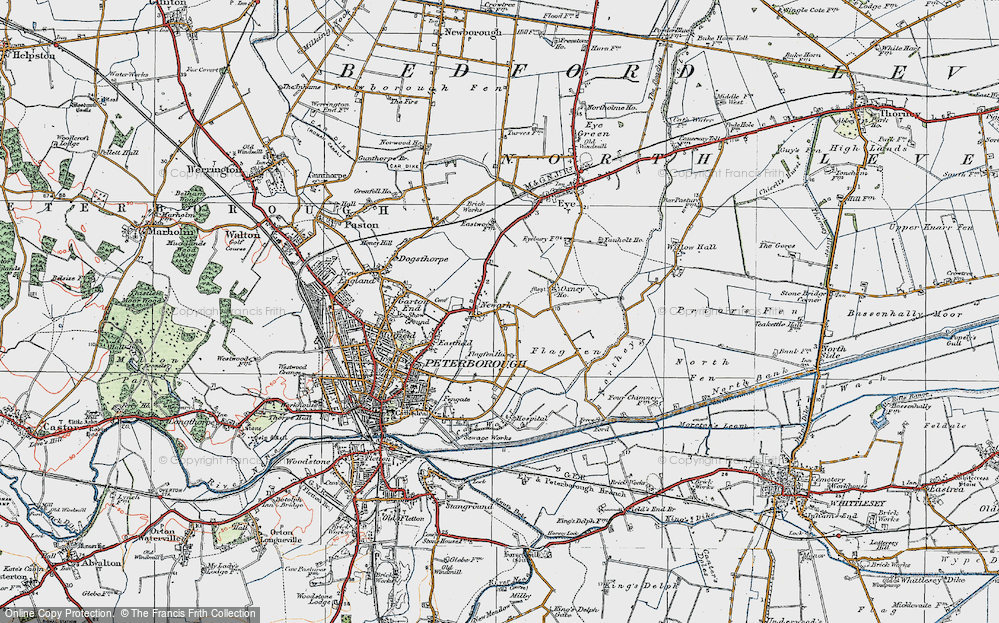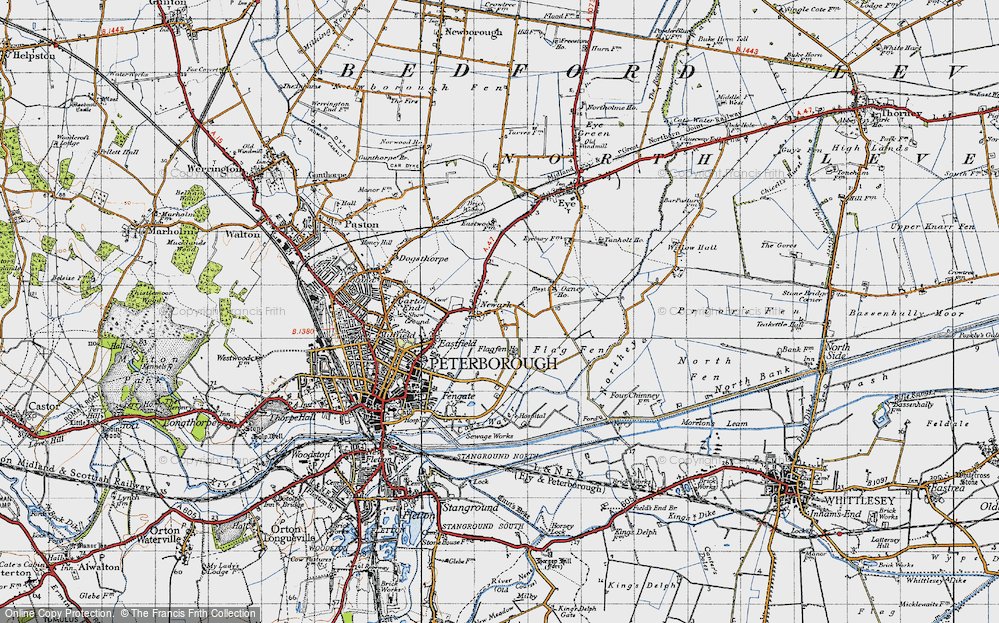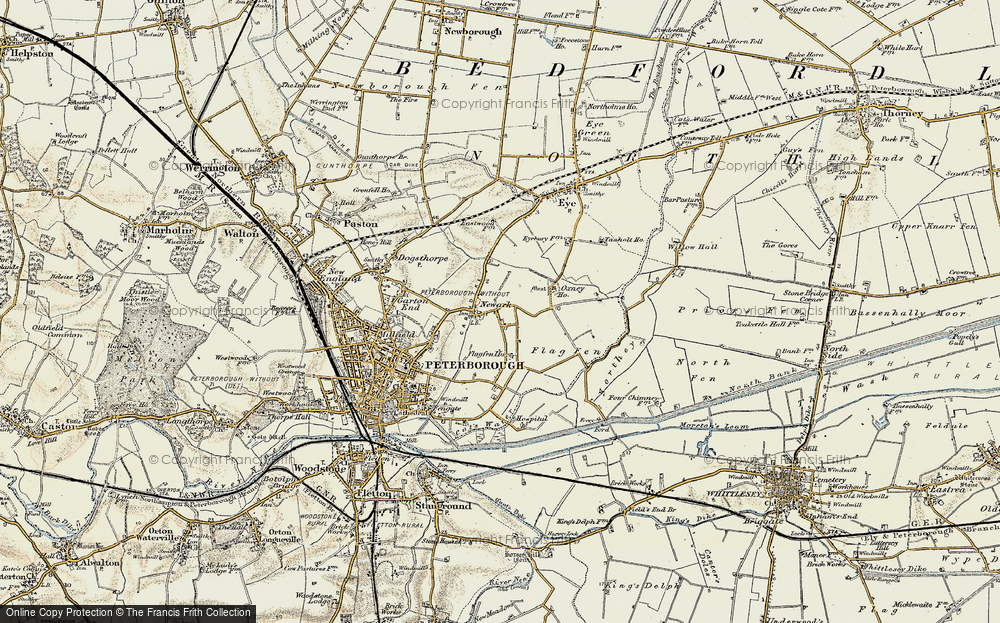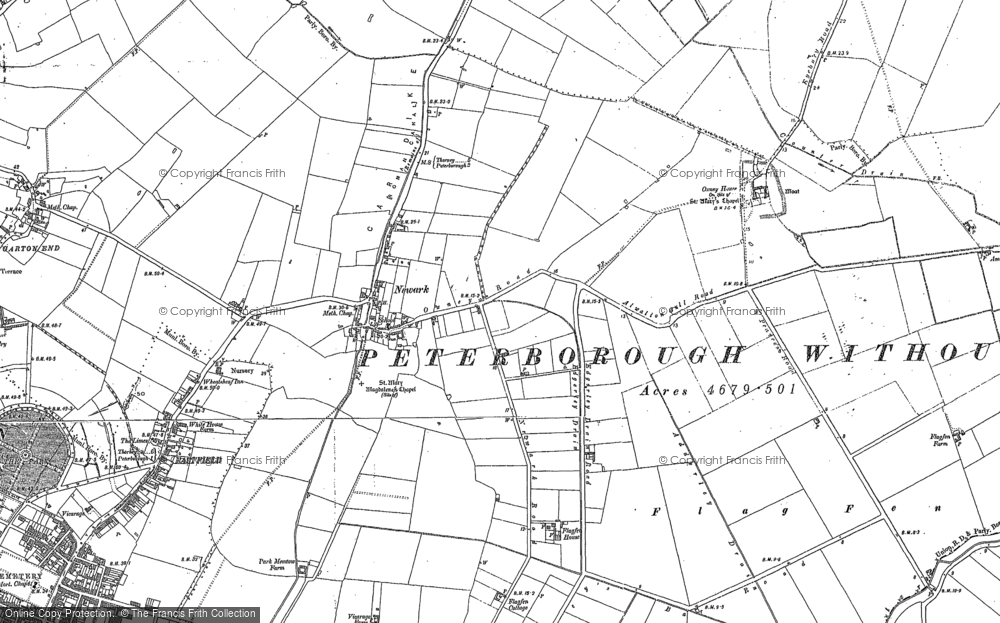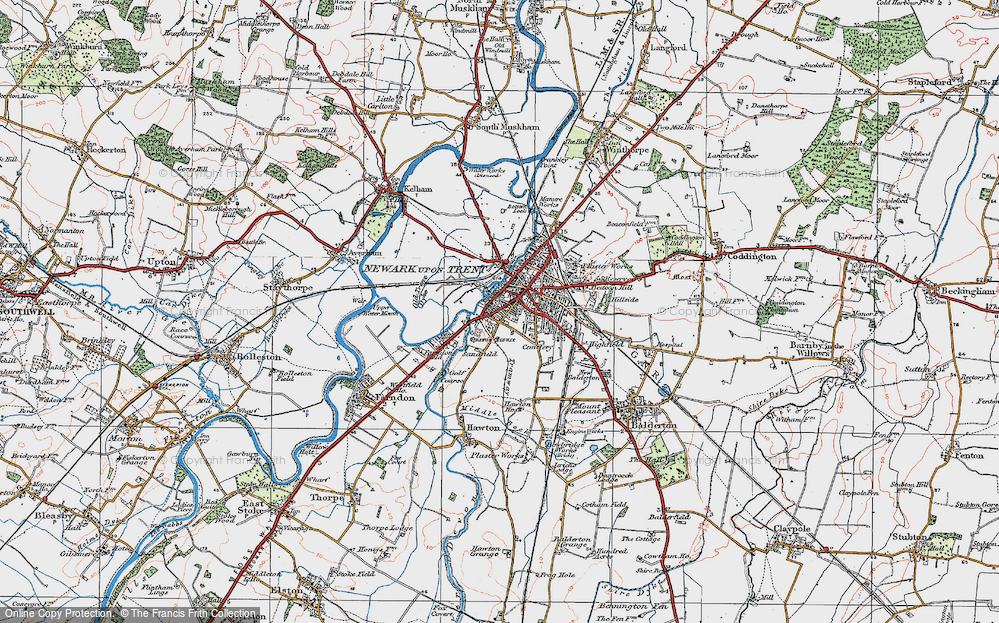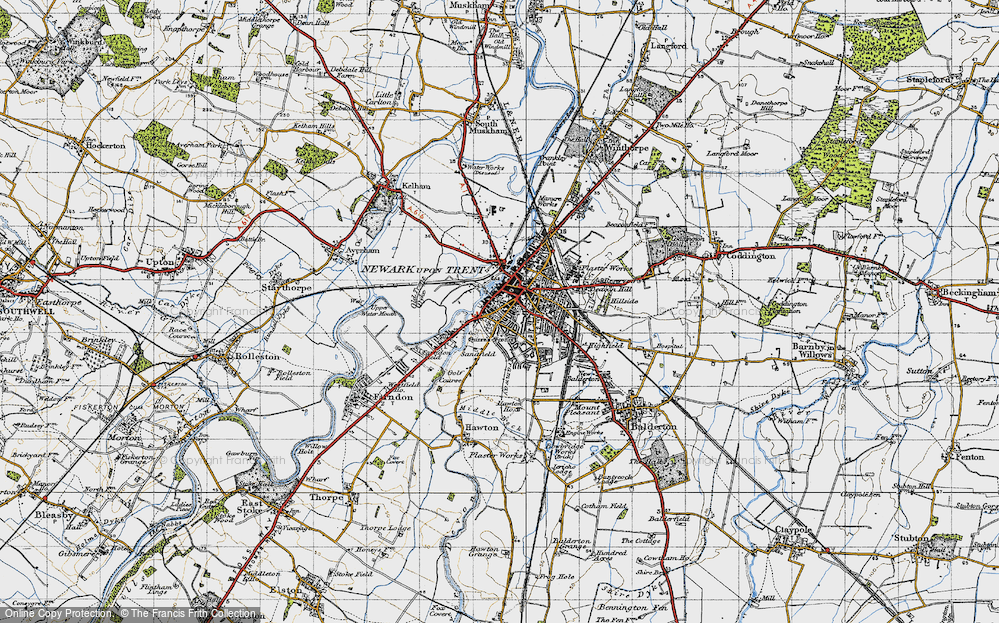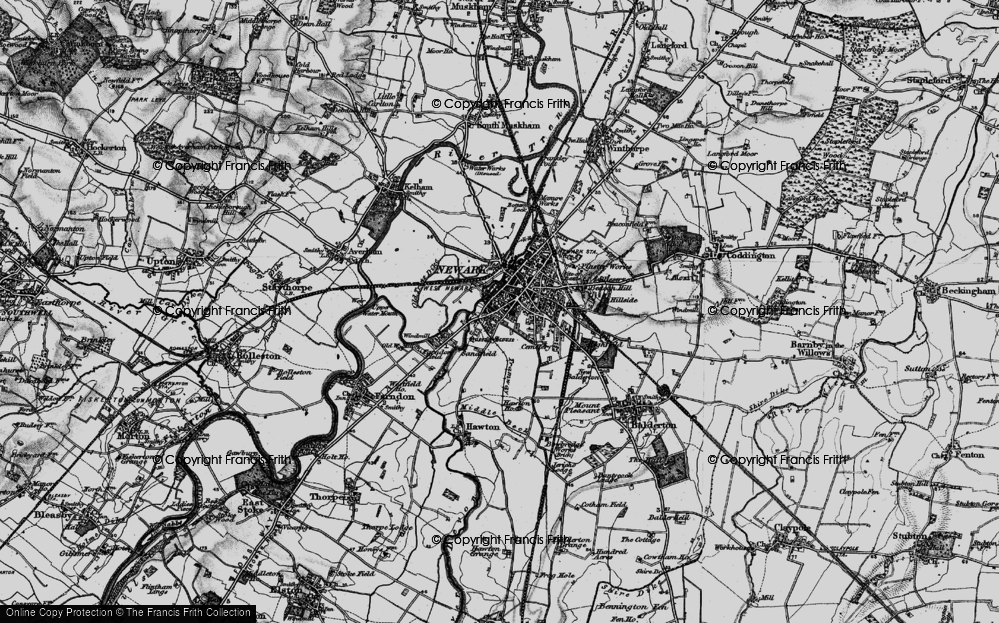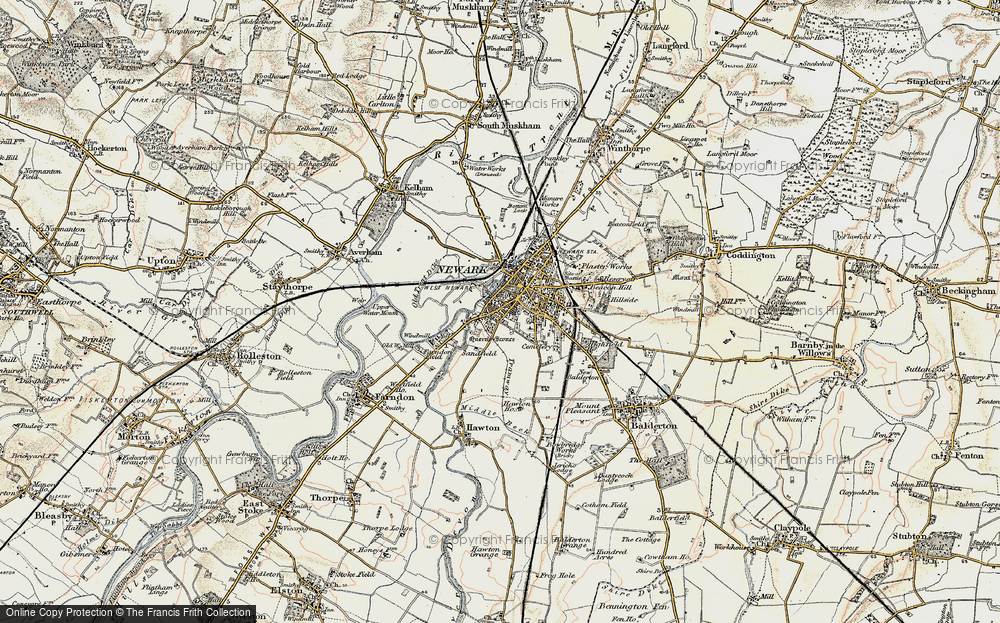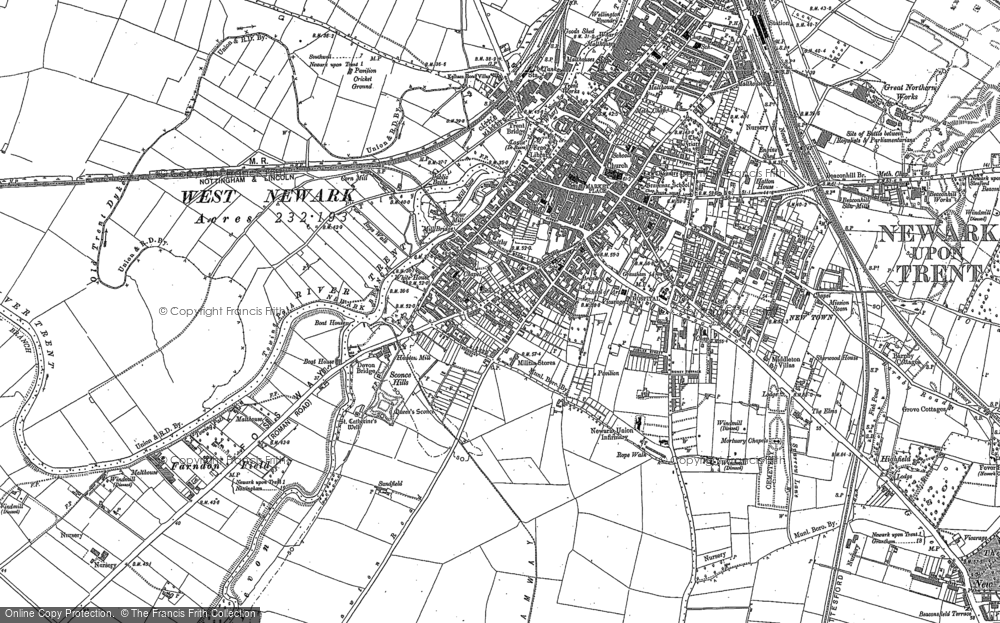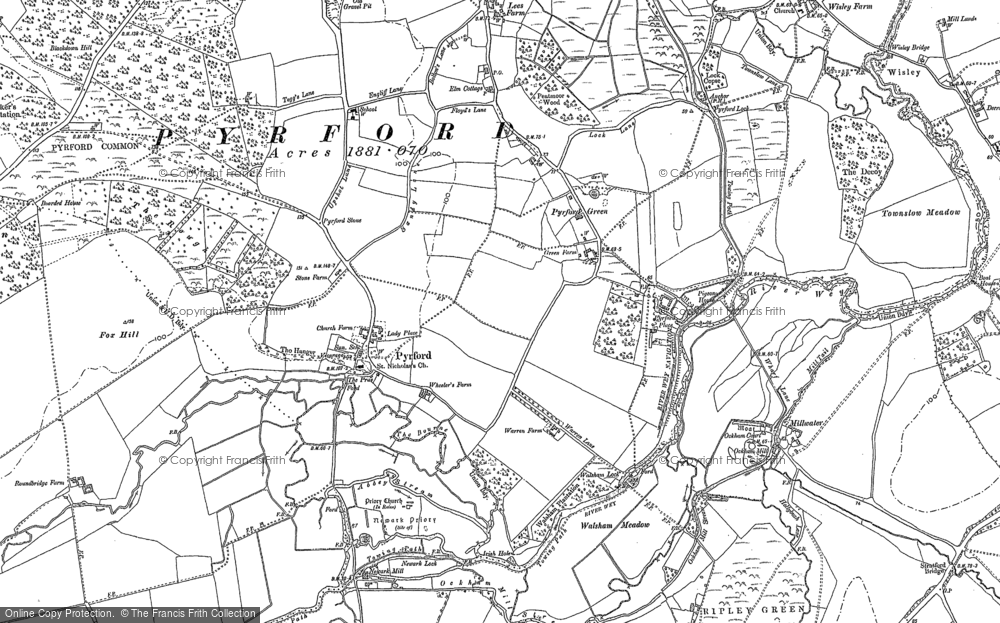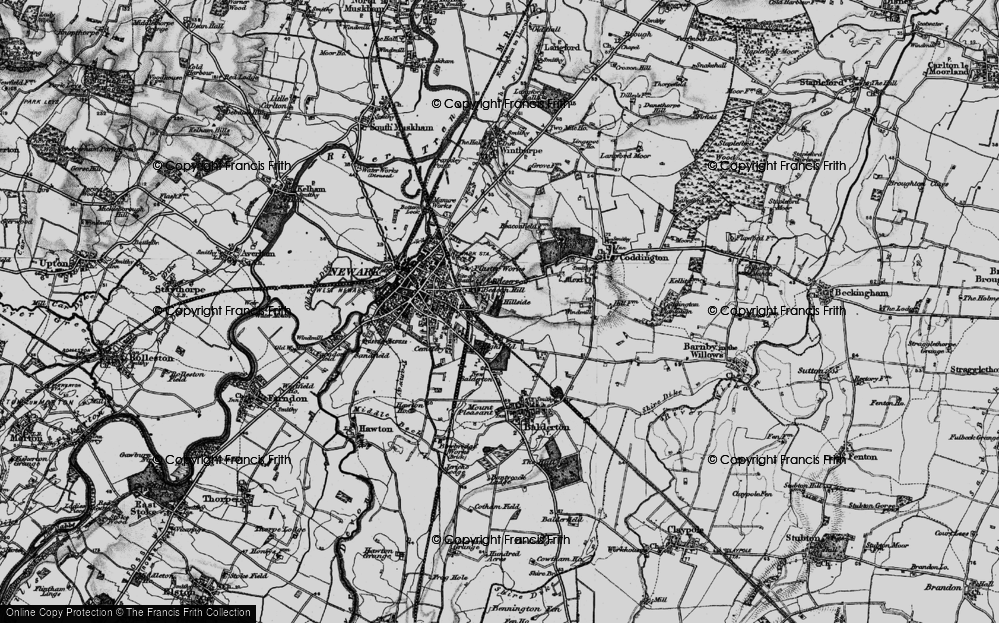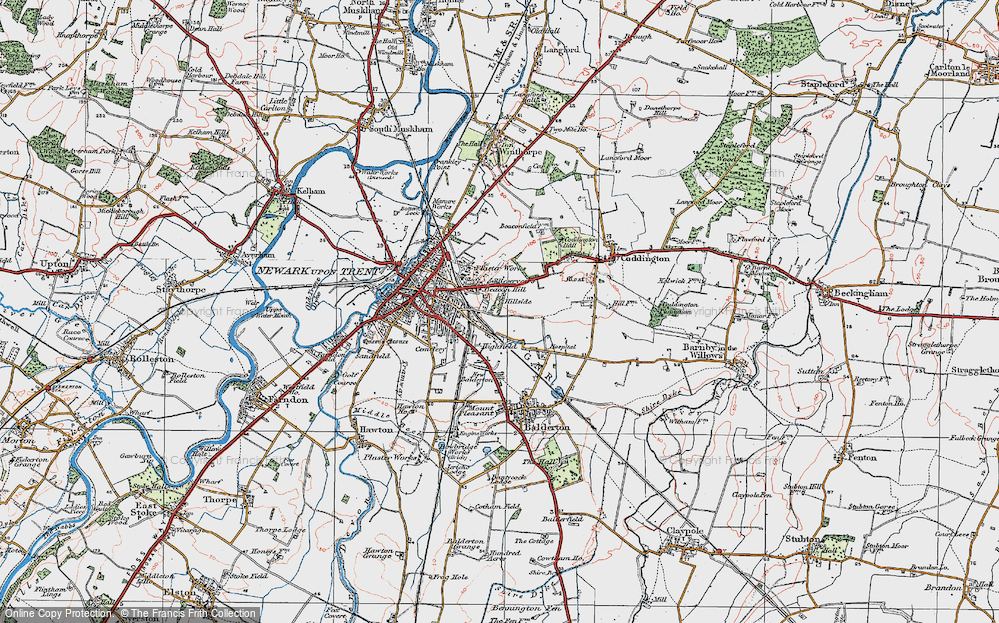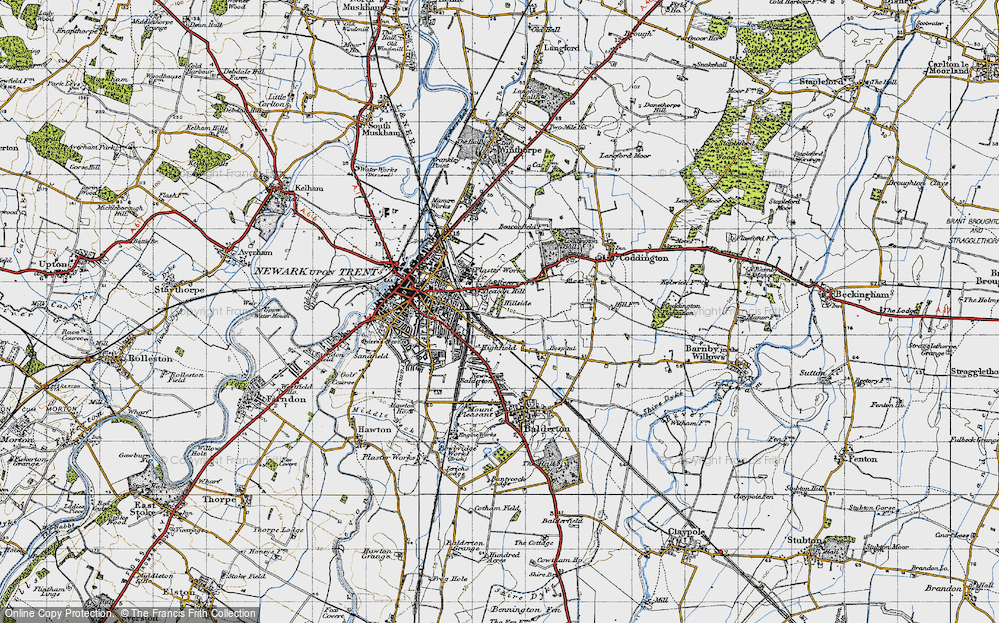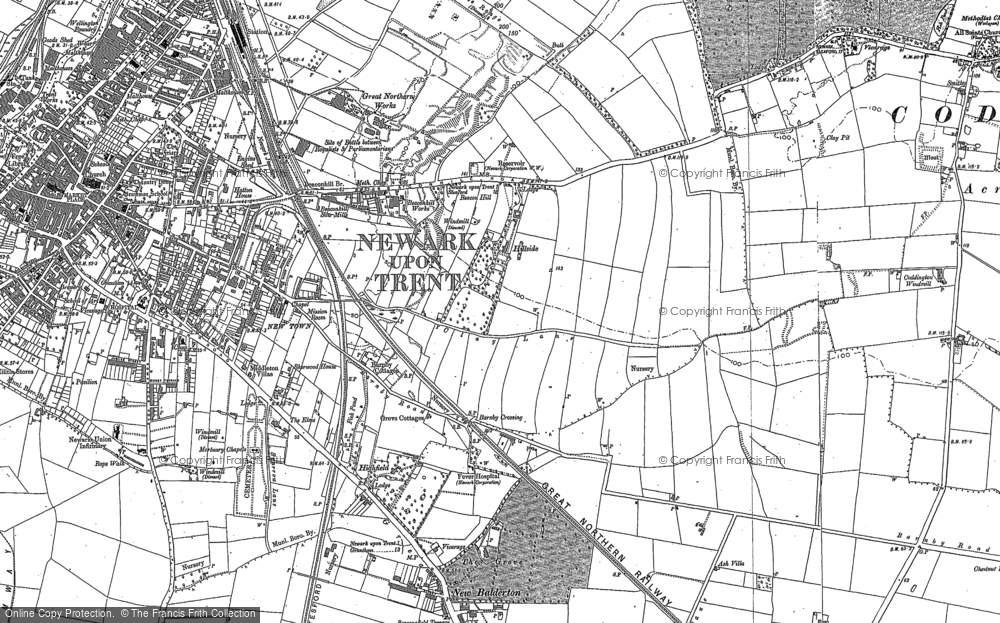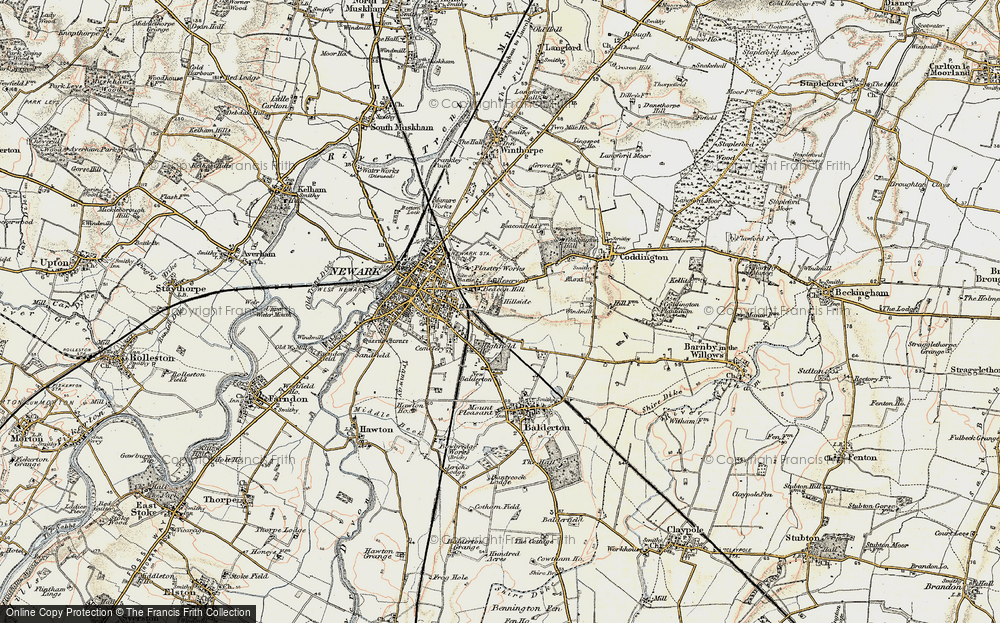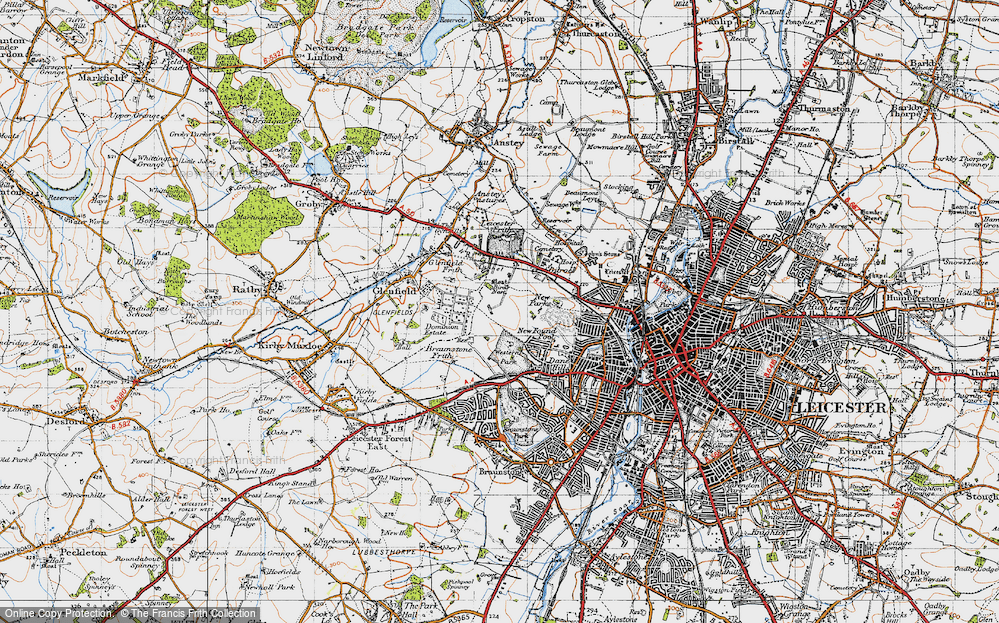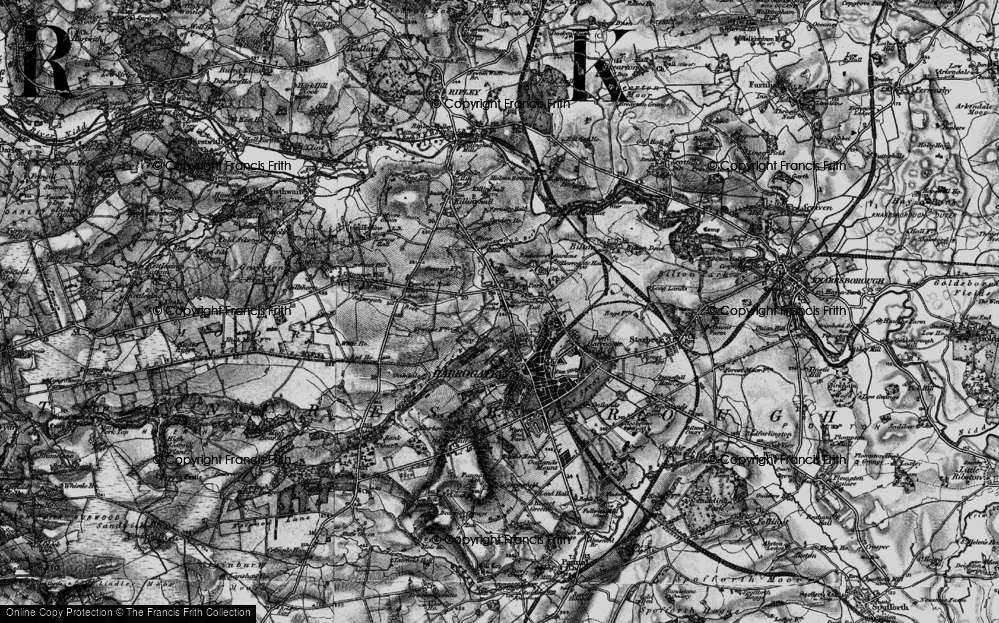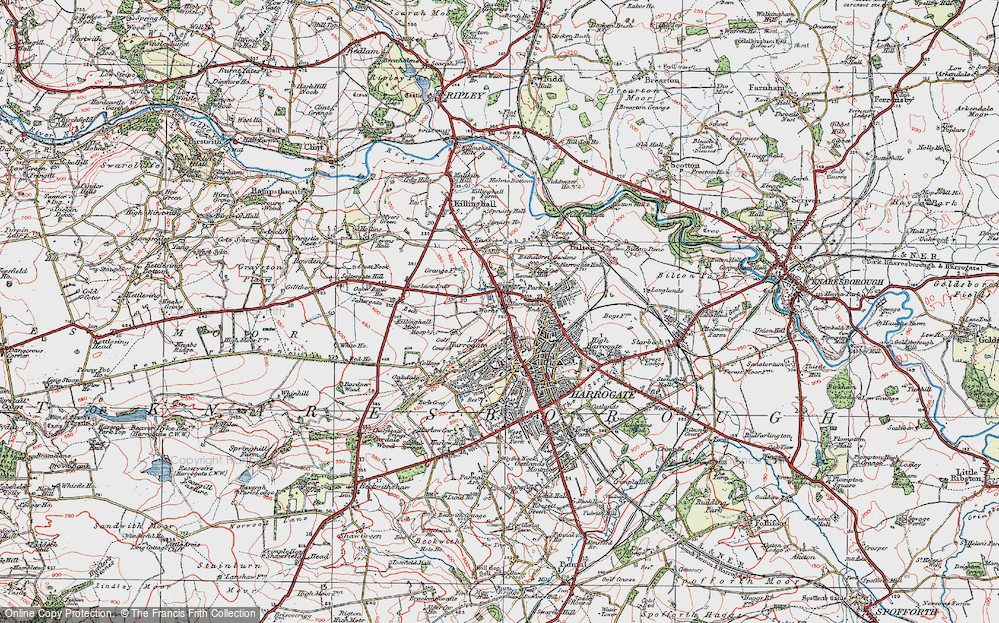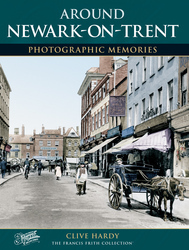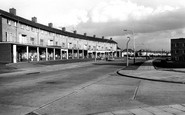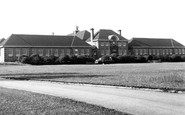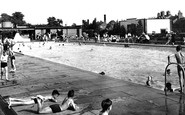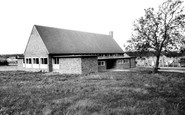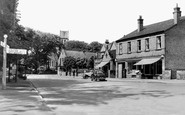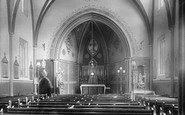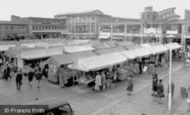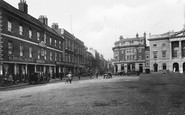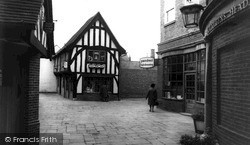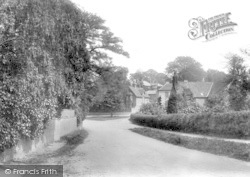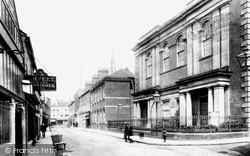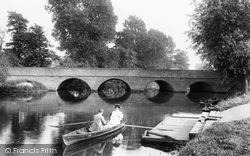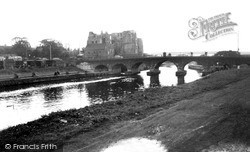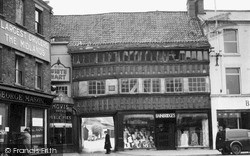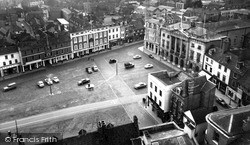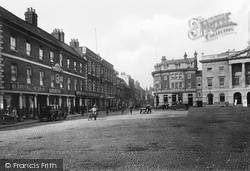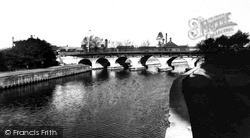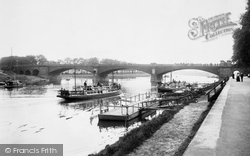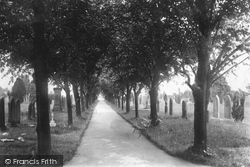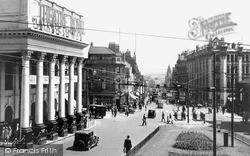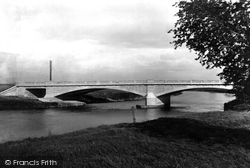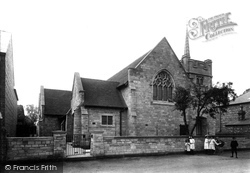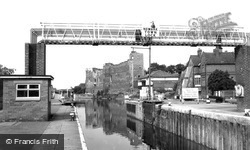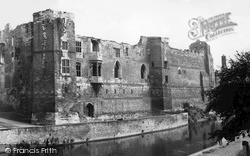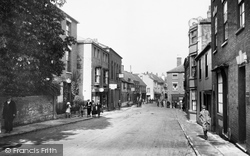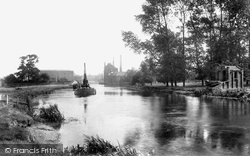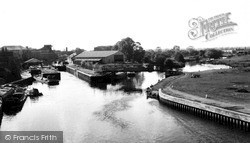Merry Christmas & Happy New Year!
Christmas Deliveries: If you placed an order on or before midday on Friday 19th December for Christmas delivery it was despatched before the Royal Mail or Parcel Force deadline and therefore should be received in time for Christmas. Orders placed after midday on Friday 19th December will be delivered in the New Year.
Please Note: Our offices and factory are now closed until Monday 5th January when we will be pleased to deal with any queries that have arisen during the holiday period.
During the holiday our Gift Cards may still be ordered for any last minute orders and will be sent automatically by email direct to your recipient - see here: Gift Cards
Places
6 places found.
Those places high-lighted have photos. All locations may have maps, books and memories.
Photos
314 photos found. Showing results 1 to 20.
Maps
27 maps found.
Memories
36 memories found. Showing results 1 to 10.
New Parks Boys,
I remember well the tennis courts . We were a secondary modern and our tennis courts were very secondary. Holes and gravel with a perimeter fence that had so many holes in it that about 20% of the balls sailed through it only to ...Read more
A memory of New Parks in 1967 by
The Cold Stone Floors...And Unheated Pool!
I loved swimming at Newark Swimming Pool..great memories of the smell of the water gushing from the fountain..and having a hot mug of Bovril to warm us up after our time in the unheated pool, for ...Read more
A memory of Newark-on-Trent in 1962 by
Before The Fire.
We moved into 1Greenhill Rise in 1958 when it was the very edge of town, the United counties bus turned around next to the house. We watched the building all around us and watched them build St Andrews, it was directly across the street ...Read more
A memory of Corby
Schooling
We moved from Chelmsford to Radcliffe in 1968 - I was 2 years old. I went to Lorne Grove Nursery and my memory of that was the Rocking Horse Toy. I hated sharing it!! I was about 3 or 4 and I remember being so upset at being ...Read more
A memory of Radcliffe on Trent by
Holy Trinity Church, Parliament Street, Newark
I remember making my first Holy Communion in Holy Trinity Church, which was by then a wee bit changed from the photograph. It changed a great deal after the altar was set on fire in the early ...Read more
A memory of Newark-on-Trent in 1948 by
Born And Bred
Born in Meeting House Lane in 1931 Brant Broughton; we soon moved into the big old house that used to be the old Hall House. This house is in Main Street and it was opposite my uncle's fish and chip shop. My dad, was George ...Read more
A memory of Brant Broughton in 1930 by
I Lived In Corby 1960 1979
Seems to ring a bell, but I lived in 104 Newark Drive from 1960 till 1976 when I left town and moved to the Channel Islands and then Australia. I have lived here for the past 33 years, the past 22 on the Gold Coast, qld ...Read more
A memory of Corby in 1969 by
Growing Up In Wishaw
i was born robert shearer in jan 1938 stayed i russel st 97 then moved 2 no 103 started work at skelleys motherwell then served my time in waddels russel st got married moved 2 newarthill, then 2 years KOSB then ...Read more
A memory of Wishaw by
Saracens Head Newark.
This hotel is mentioned in The Heart of Mid-Lothian by Sir Walter Scott written in 1817. Jeanie Deans is walking from Edinburgh to London and at Ferrybridge is advised to stay next at The Saracens Head Newark. Not anything ...Read more
A memory of Newark-on-Trent by
Captions
55 captions found. Showing results 1 to 24.
When the half-timbered Queen's Head Inn was being built in Newark in the 16th century, the largest town in the East Midlands was probably Leicester, closely followed by Nottingham.
It was Alexander, Bishop of Lincoln and lord of the manor, who replaced the original Norman timber fortress with one of stone, employing Ranulph of Durham to build the gatehouse; Newark thus became one
Much of the rebuilding of St Mary's was instigated by Henry de Newark, whose career in the Church saw him rise from Rector of Barnby to Prebendary of St Paul's and later of Southwell; he was appointed
The A1 is between it and Newark, so the village is free from through traffic. The Midland Railway line between Newark and Lincoln skirted the northern edge of the village.
John Wesley visited Newark on six occasions between 1743 and 1788. After his last visit he described the Newark Methodists as 'a numerous, serious and deeply attentive congregation'.
The Devon is in reality a branch of the Trent, but it played a vital role in Newark's commercial success.
Newark owes much of its development to the fact that Henry I gave Alexander, Bishop of Lincoln, permission to divert the route of the Fosse Way through the town.
Newark, which towers over the River Trent, became one of the finest castles in 12th-century England when the Bishop of Lincoln rebuilt the original timber fortress with one of stone.
When the inn was built in the 14th cen- tury Newark was one of the most impor- tant market towns in the East Midlands, and about the same size as Nottingham.
centuries Market Places were often where pillories were sited, and though there are few surviving references to their use in 17th-century Nottinghamshire, they are known to have existed at Nottingham, Newark
Around a hundred years before this picture was taken, the cobblestones of Newark Market Place would have echoed to the clatter of stagecoaches and carriers' waggons.
John Wesley visited Newark on six occasions between 1743 and 1788. After his last visit he described the Newark Methodists as 'a numerous, seri- ous and deeply attentive congregation'.
Between 1678 and 1695 the parish of Kelham was indicted on numerous occasions for failing to repair 'a footbridge situate near the eastern end of Tunebridge, and leading from Muskham to Newark, a market
Before 1900, goods were transhipped to smaller boats at Newark: the river was only navigable from Trent Falls as far as the town, for beyond Newark it was fast-flowing and shallow, impassable for larger
There exists at least one account that states that the plague reached Newark in the summer of 1665, said to have been brought to the town in contaminated patterns of woollen cloths delivered to a draper
As a teenager Donald Wolfit was already stage-struck; he would cycle from Newark to attend matinées here, little dreaming that he would one day be performing on its stage.
In the late 18th century a ferry operated between Muskham and Newark, but the owners soon gained a reputation for being greedy when the river was in flood; there is one instance of them charging five guineas
He visited nearby Newark six times between 1743 and 1788.
Town Lock is one of two mechanised locks; the other is Newark Nether Lock at the northern end of the branch.
Despite its slighting, Newark Castle is still imposing. To the left is the splendid three-storey gatehouse built by the cathedral masons of Alexander, Bishop of Lincoln.
In 1920 its population was only a little over 3000; Newark, just eight miles away, had a population of around 16,000.
This view of the river south of Newark gives an idea of its industrial base, with the Trent Brewery chimneys and, on the left, Parnham's Watermill seen beyond the dredger, keeping the water
In July 1613 'a fisher of Newark and a ffowler of ffarndon' were indicted for obstructing the Devon, probably with illegal nets. On the right is Jobson's Boathouse.
On the way into Newark from Farndon the navigation passes a number of old maltings and a large Trent Navigation Co warehouse, which can be seen in this picture in the left background.


